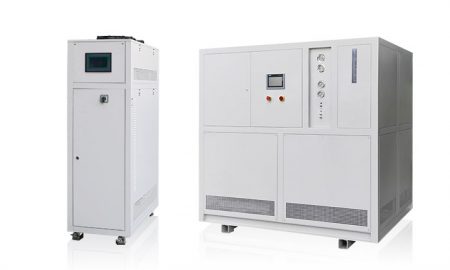How to Check and Maintain a Water Cooled Chiller?
- Check outlet water temperature, temperature and load limit set points.
- Check for water and oil leaks. Rectify and report to site manager.
- Check for excessive noise and vibration and report to site manager.
- Check that the temperature and pressure are not too high.
- Check the operation of the oil heater.
- Check the refrigerant sight glass and record the indicated condition and refrigerant charge.
- Check the chiller oil level. If the oil level is too low, identify and correct the cause of oil loss before adding oil. Determine the type and grade of existing oil before adding oil. Only add oil of the same type and grade and record the amount of oil added.
- Check the purge unit and record the number of purges. Investigate further if the decontamination system is overworking.
- Leak test all refrigerant circuits.
1 Correct minor leaks and immediately notify site manager of any leaks
2 with compressor operation record
3 Motor amplifier
4 Exhaust pressure
5 Suction pressure
6 Oil pressure
7 Chilled water flow and return water temperature
8 Condenser water flow and return water temperature
9 Operating hours and starts
10 Evaporator water pressure
11 Condenser water pressure
- Check the operation of all safety and operational controls, including HP, LP and low oil pressure controls. Maintain setpoints strictly in accordance with the chiller manufacturer’s specifications.
- Check the operation and calibration of the cooling water cryostat and flow switch.
- Clean chiller equipment surfaces and immediate plant areas.
- Remove both ends of the condenser. Turn on the system to inspect and record the condition of the tubes, tube sheets and tank caps. Mechanically clean condenser tube bundles with a mechanically driven brush or honing device. Clean the tank and inspect the tank epoxy coating, repair if necessary. Get approval from the site manager before reassembly.
- Take the used oil sample from the chiller and submit it to the testing laboratory for analysis. The chiller must be running when the oil sample is taken. (Collecting dead oil for testing will result in false readings). Oil sample bottles must be properly dated, machine run time and correct description of oil type, manufacturer and sampling technician. The bottle itself must be of the appropriate type, similar to the type supplied by the oil analysis company. Provide the site manager with a copy of the sample test results.
- Compressor oil should only be changed if the oil test results show abnormal oil conditions (ie results are outside the limits specified by the manufacturer). If changing the compressor oil, first obtain a lab test of the new oil sample before filling the machine and provide the site manager with a copy of the test results.
We are a professional manufacturer of temperature control equipment, supporting customized services, please consult us for details!
Temperature Control Range: -150°C to +50°C
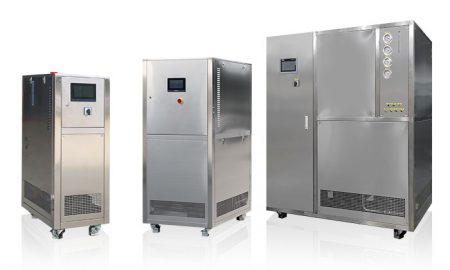
Dynamic Temperature Control Systems
Temperature Control Range: -120°C to +350°C
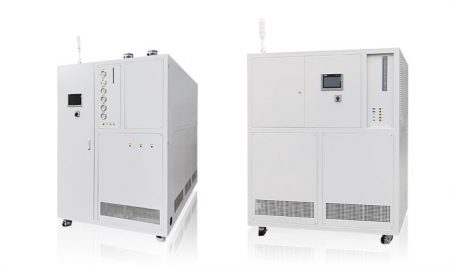
Temperature Control Range: -40°C to +100°C
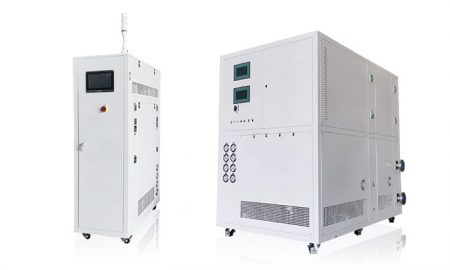
Temperature Control Range: -85°C to +250°C
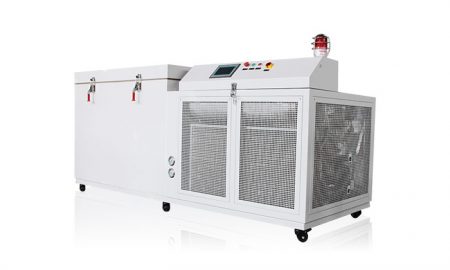
Temperature Control Range: -150°C to -10°C
 LNEYA
LNEYA
 简体中文
简体中文











































































